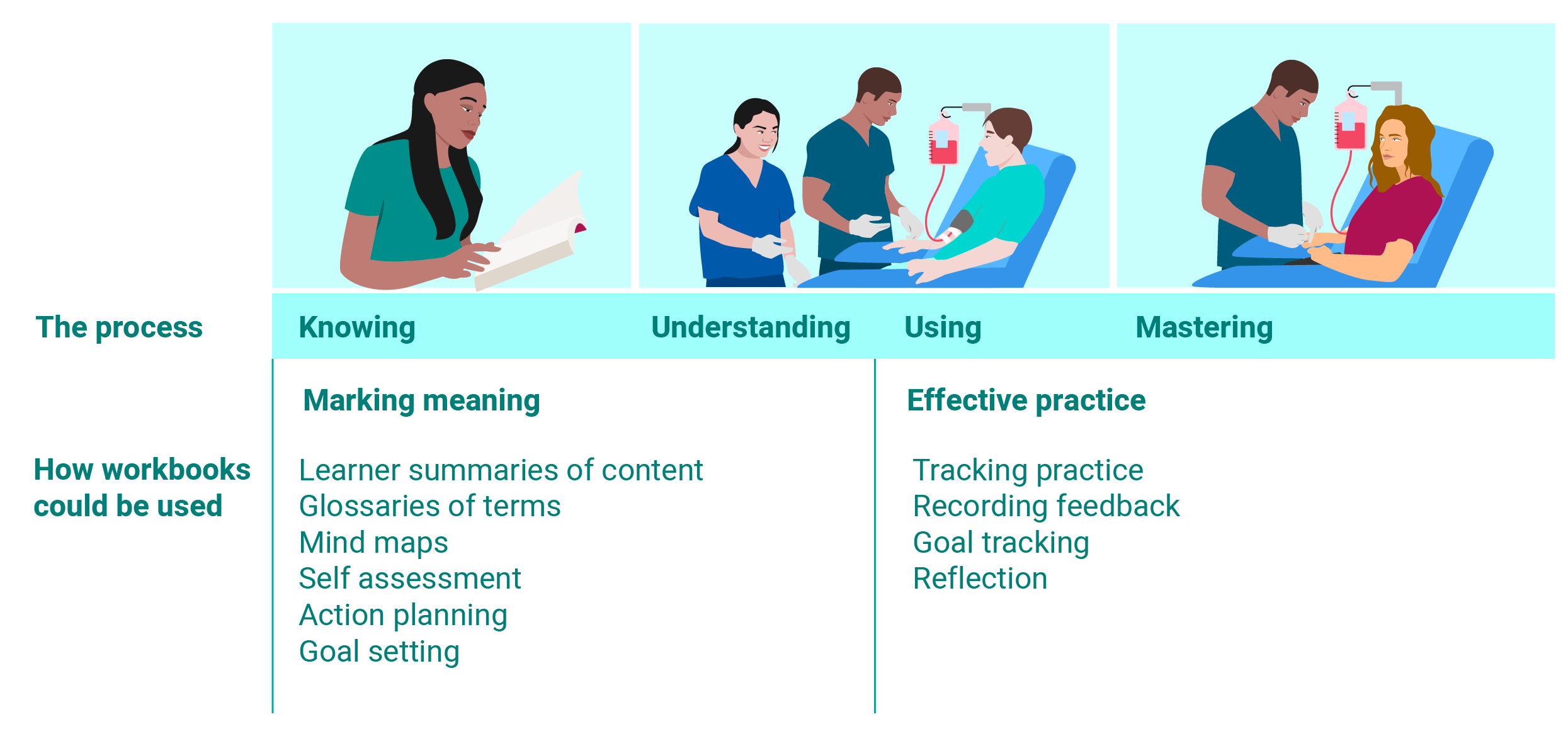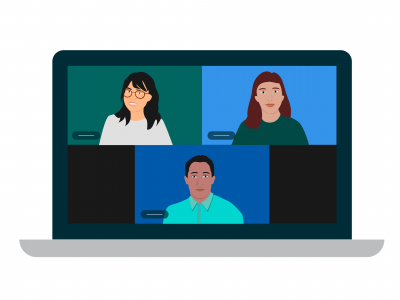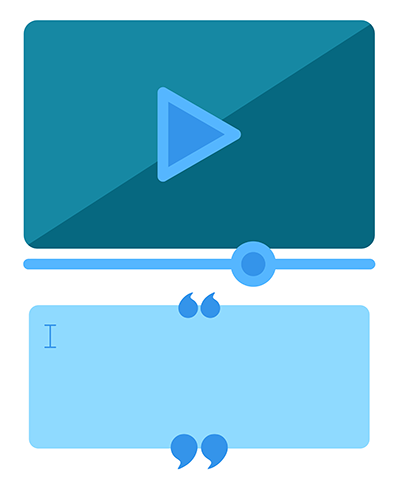Designing more active learning with workbooks
When I started learning, workbooks were seen as boring and unengaging and elearning was superior. Workbooks were printed documents, a mixture of dense text with questions and graphics. What was boring and disengaging was the text not the questions.
Now there is a different approach to workbooks built around questions where the focus is a reflection on learning, action planning and tracking behavioural change.
This post has been triggered by three things:
- An online business coaching program that I'm part of where the program is focused around a series of strategic planning tools and the workshops are designed around a series of workbooks of these tools.
- The recent podcast with Austin Welch where he talks about how they use workbooks in all their courses.
- A feature we have in Glasshouse enables the building of interactive workbooks by embedding text input boxes into learning experiences and for all these to be shown on the summary page.
Workbooks as a strategy for processing learning to develop new behaviours
Memory is the residue of the thought - Daniel Willingham
Patti Shanks in the podcast Blending your online sessions talks about the importance of processing learning instead of passive, watching, listening or reading. Patti references the work of Dr. Efrat Furst. Furst says In Learning in the Brain
‘Long-term representations of information may be formed only as a consequence of manipulation in working memory.’
To move new learning into the long-term we actively engage with thinking about it in our short-term working memory.
Furst talks about the initial phase of learning where a learner starts to know and understand the topic and the need for strategies that help them make meaning of the new learning. This may be by making connections to existing knowledge or putting the new knowledge in their own words.
Then in the later stages, where learners are starting to use and master new behaviours, they need strategies that help them practice the new behaviours.
Strategies for using workbooks in the learning process

This diagram is based on a Furst diagram in Learning in the Brain
Using workbooks in self-paced digital learning
The greatest challenge of digital learning is engagement. Learning designer’s add interactions, graphic or media to increase engagement.
When learners are studying educational courses that have dense content, it's common for learners to take notes to make the experience more active and to process and manipulate the new learning.
Workbooks can be a means to make digital learning more active. At the start of a course, a learner could download documents and complete the workbook as they go. If you're a Glasshouse client you could use the form builder to build an interactive workbook.
Your first reaction might be 'but people will not do this for compliance courses.' For workbooks to work it needs to be embedded into the learner experience e.g. a particular stage prompting the learner to complete a section of the workbooks.
Working through the entire workbook can be a completion requirement for the course, where at the end of course the learner uploads the workbook. These don’t need to be assessed. If you are concerned about learners not completing them, spot audit’s of the workbooks could be done.
An example of using workbooks in live, facilitated learning
Workbooks are more often used in facilitated learning, than self-paced digital learning. One of the challenges of online and face-to-face live facilitated sessions is the lack time for individuals to reflect and plan. During the pandemic, many of us have become better with group interactions in online facilitated sessions but the time for reflection is still often left out.
A common facilitation process is think, pair share:
- A facilitator asks the group to take a moment to think about a question.
- Then the group splits into breakout groups to share their answers and thoughts with peers.
- Then the groups come back together and share what has been discussed and the facilitator provides a summary.
This process can be guided by a workbook
Stage |
How a workbook could be used |
|
 |
A facilitator asks the group to take a moment to think about a questions | The questions are in workbooks and these are filled out |
 |
Then the group splits in breakout groups to share their answers and thoughts with peers | |
 |
Then the groups come back together and share what has been discussed and the facilitator provides a summary. | At the end of the discussion the learners get back to the workbook and write down a plan for action. |
This is just one example of how workbooks can be used in facilitated learning. In facilitated learning, workbooks can be a powerful way to help learners make sense of what they are learning and plan for future changes.
Overcome the barrier to using workbooks
Workbooks as an approach might not work for all learners or all learning. Below are some barriers to using workbooks and how these might be overcome or rethought.
Barriers |
Rethinking and overcoming this |
| The extra time and effort for the learners Especially in digital learning which is often presented as being faster and easier | Workbooks do mean the learners need to put more effort into learning. This is actually a positive, the greater effort means they are more likely to change their behaviour. |
| Low literacy skills |
|
| If you require learners to complete the workbook, and your LMS doesn’t support the uploading of evidence. | One work around is getting them to send them to their managers. This could be embedded into a subsequent conversation between the manager and team member. |
Increasing the processing and manipulation of learning with workbooks
In our digital first world, workbooks are often an overlooked learning strategy.
They can be exciting tools to help learners summarise, reflect, plan for change and track new behaviours.

